1.Large sanitary paper machine drying cylinder
The dimensions of this drying cylinder exported to Japan are 6.2m x 5.6m x 5.9m. The main body is a rolled and welded cylindrical shell. In addition to meeting ASME design standards, it also must satisfy the stringent appearance requirements of Japan’s Ministry of Health, Labour and Welfare (MHLW) regulations.
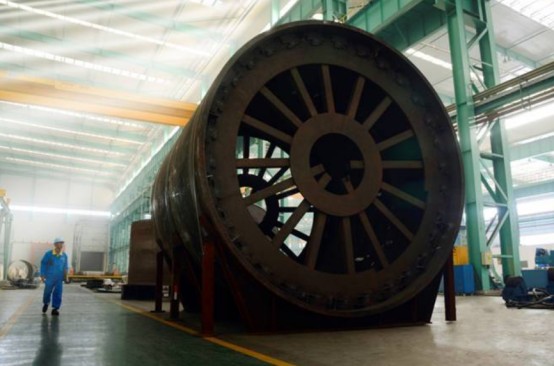
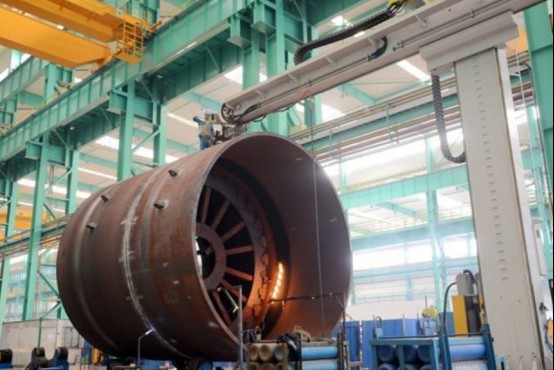
Our engineering team performed thermal stress analysis to optimize the cylinder shell design for dimensional stability during the drying process. We developed custom rolling fixtures to form the heavy plates without distortion. The cylinder segments were joined with automated orbital welding for a smooth internal profile and minimum runout. The exterior surface was precision machined and hand polished to comply with MHLW sanitary finish standards before final packaging and shipment.
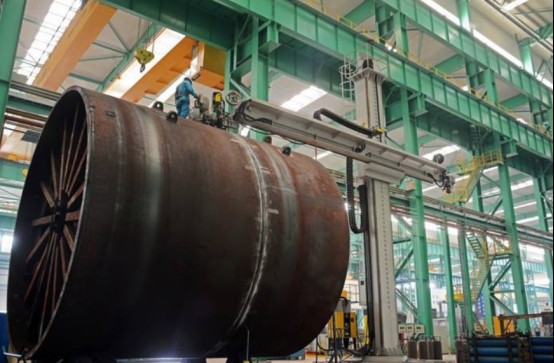
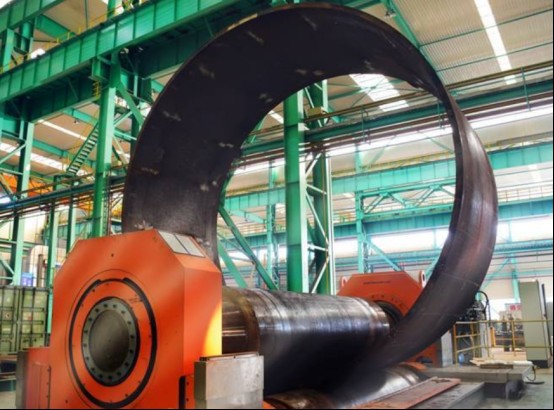
2.100 sets of motor mount assemblies and enclosures for textile finishing equipment
This batch of motor mount assemblies and enclosures primarily uses 316L and 304 stainless steel materials, with thicknesses ranging from 3.0mm to 25mm. Processing involves laser cutting, waterjet cutting, bending, welding, machining, etc.
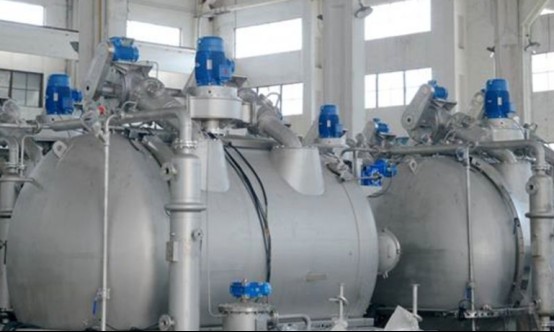
Vapor-liquid dyeing machine
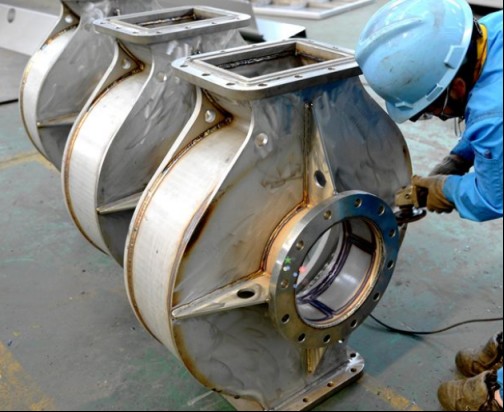
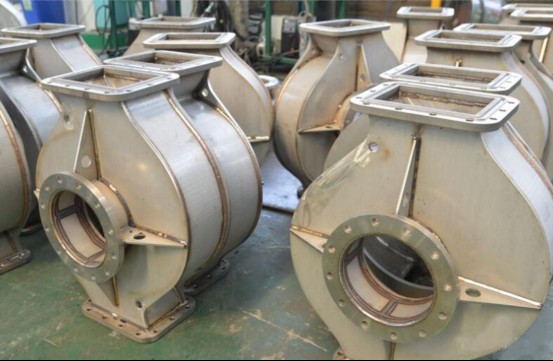
The watertight stainless steel enclosures protect the motor drives in humid, chemical-heavy finishing environments. We performed helium leak testing on all welded enclosures to validate hermetic sealing. Critical motor mounting dimensions were 100% checked during in-process inspection. Deburring and electropolishing provided a sanitary finish. We also expedited shipment of several replacement enclosures when needed during customer equipment installation and startup.
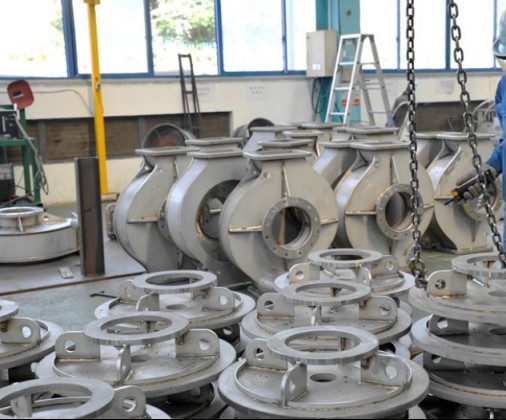 \
\
3.Spinning machine equipment enclosure panels
The double-axis propeller blade dryer casing is made of 304 stainless steel with a thickness of 12mm. It stands at a height of 2500mm and stretches out to a length of 7577mm. The manufacturing process involves several intricate steps, including rolling, laser cutting, bending, water jet cutting, edge trimming, more bending, welding, and assembly.
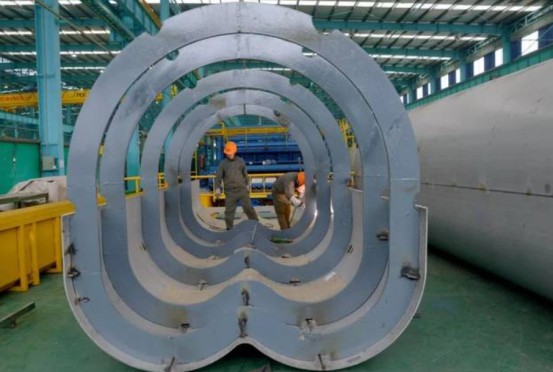
The two main challenges in the manufacturing process are as follows:
– High Precision Bending: Achieving the required precision in the bending process is critical. With a multitude of bends involved, cumulative errors can quickly accumulate. Ensuring that each bend meets the specified dimensions is a meticulous task that demands the utmost attention to detail and quality control.
– Innovative Water Jet Cutting of Sloping Edges: The use of water jet cutting to create sloping edges represents an innovative approach, but it also demands a high level of skill and precision. This method requires operators with expertise in handling the equipment and accurately controlling the cutting process to achieve the desired results.
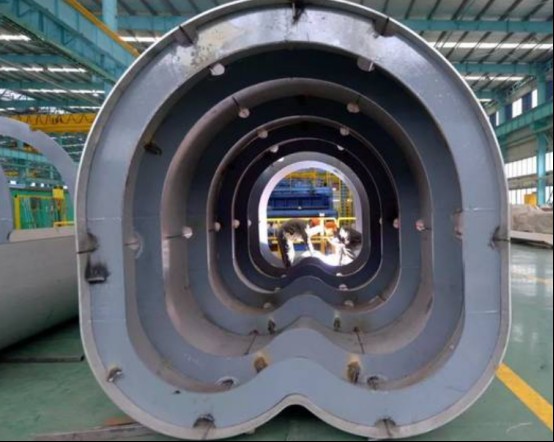
4.Wallboard on the spinning machine industry
This batch uses 16mm thick Q345R material, with a variety of sizes and specifications. After laser cutting, machining, bending and other processes, a total of 408 pieces were machined into finished products.
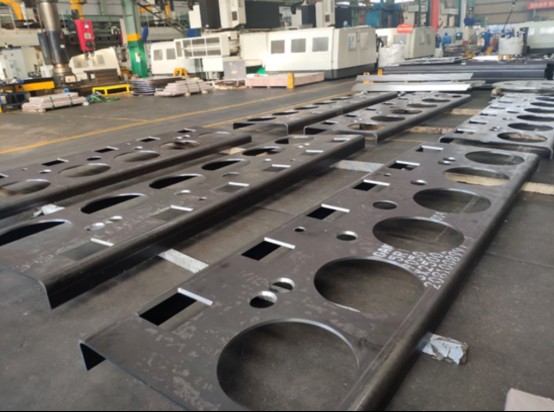
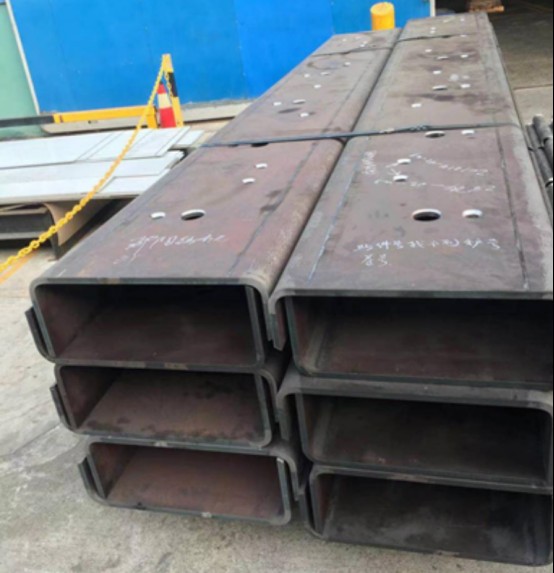
5.Textile machinery equipment structural parts
Supporting a well-known spinning equipment company, we fabricated parts for 99 sets of spinning machines, with processes including flattening, cutting, bending, straightening, tapping, welding and more.
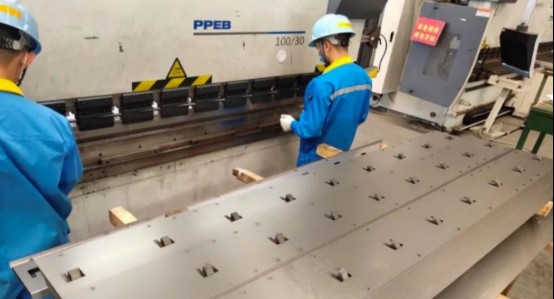
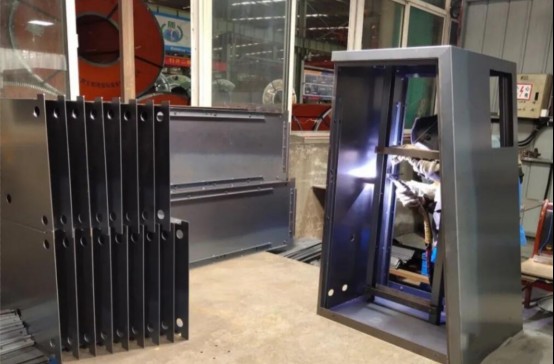
6.Leveler roll housing panels for printing and dyeing equipment
This batch of over 40 sets serving a Zhejiang dyeing and printing equipment company uses 30mm thick Q345B carbon steel. Processing involves flame cutting, leveling, machining and other processes. The customer has strict requirements on product size, shape, flatness, hole size accuracy, and other quality factors.
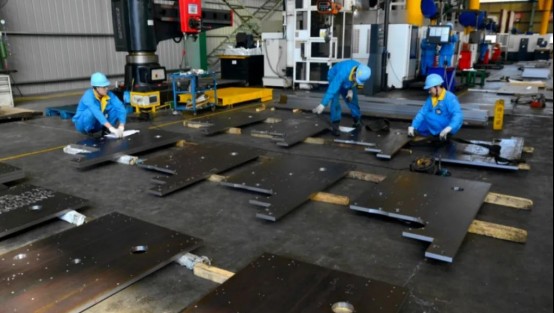
Organizing leveler roll housing panels
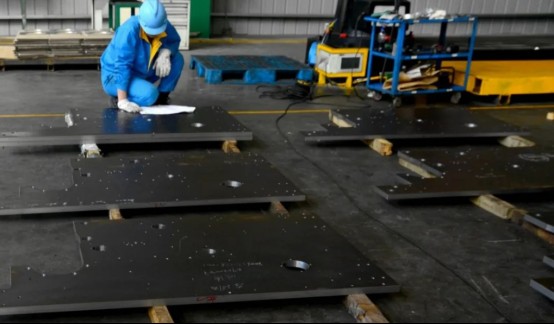
Cleaning panel surfaces
For these large housing panels, we optimized the laser cutting path to minimize warpage in the thick steel plates and reduce the straightening needed pre-machining. Fixtures ensured consistent dimensional accuracy across all panels. We performed 100% inspection of critical tolerances like flatness, hole size, and surface finish. Our fabrication expertise produces durable, precise leveler roll housings to support consistent, high-quality textile processing.